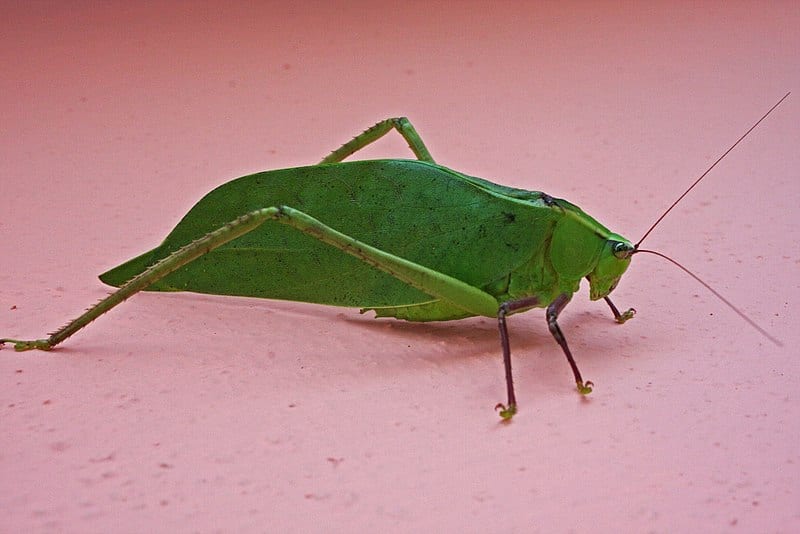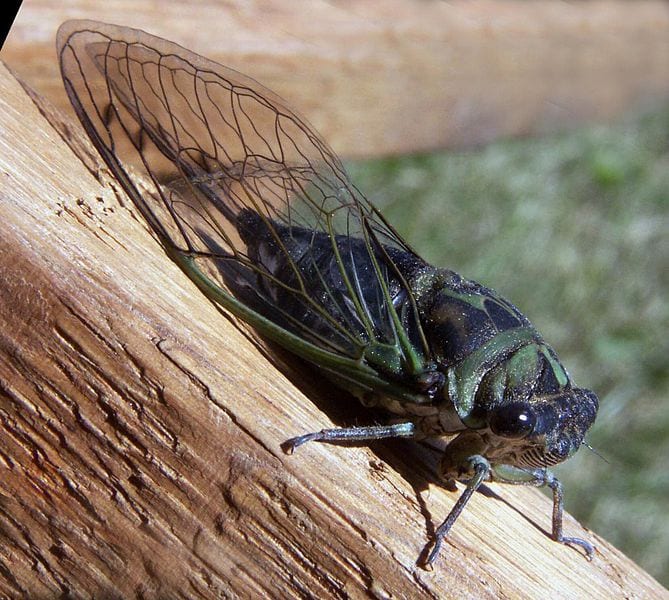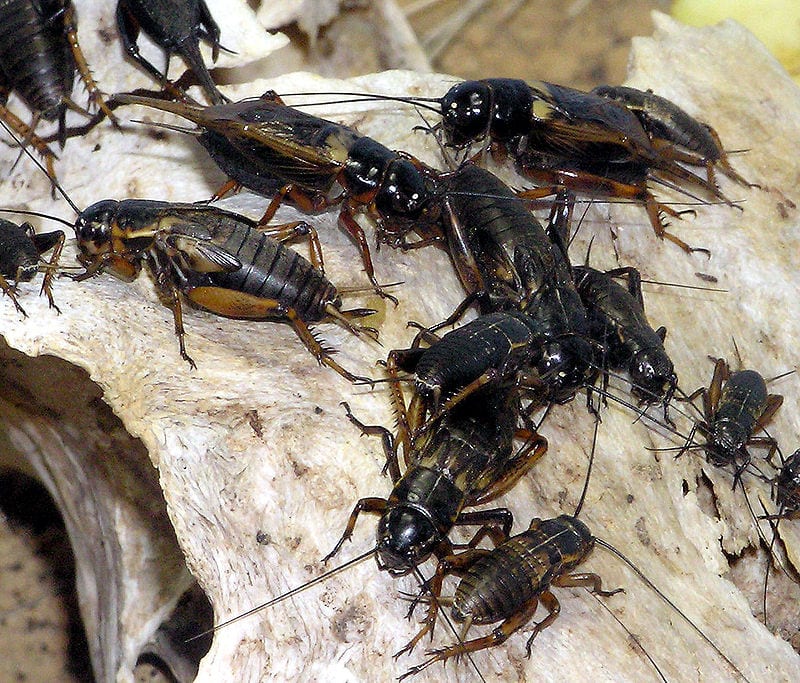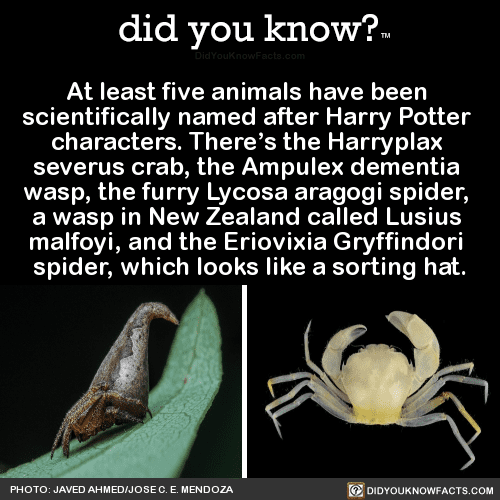These poor kitties really should’ve known better than to mess with bees.
You’ll see what I mean as you scroll through these photos.
A whole lot of swelling going on!
1. Not pleased

Photo Credit: Sad and Useless
2. Mom?

Photo Credit: Sad and Useless
3. Sad

Photo Credit: Sad and Useless
4. Bigfoot

Photo Credit: Sad and Useless
5. All swelled up

Photo Credit: Sad and Useless
6. Uh oh

Photo Credit: Sad and Useless
7. Gigantor

Photo Credit: Sad and Useless
8. Awwwww

Photo Credit: Sad and Useless
9. Oh no!

Photo Credit: Sad and Useless
10. Trying to be cool with it

Photo Credit: Sad and Useless
11. OMG

Photo Credit: Sad and Useless
12. Wait, what?

Photo Credit: Sad and Useless
13. Freaky Deaky

Photo Credit: Sad and Useless
14. I need help

Photo Credit: Sad and Useless
15. See that tear in her eye?

Photo Credit: Sad and Useless
Those pics are kind of sad, aren’t they?
The post 15 Photos of Cats That Shouldn’t Have Messed with Bees appeared first on UberFacts.



 #krugernationalpark . . . . . . #elephant #elephants #krugerpark #kruger #exploresouthafrica #exploreafrica #wild4photosafaris #womenphotographers #canon #canoneos5dmarkiii #canoneos5d #safari #big5 #animalsofkruger #elephantsofkruger #africanelephant #africanelephants #getoutside
#krugernationalpark . . . . . . #elephant #elephants #krugerpark #kruger #exploresouthafrica #exploreafrica #wild4photosafaris #womenphotographers #canon #canoneos5dmarkiii #canoneos5d #safari #big5 #animalsofkruger #elephantsofkruger #africanelephant #africanelephants #getoutside ɪꜰ ʏᴏᴜ ᴡᴀɴᴛ ᴀ ᴅᴀɪʟʏ ᴅᴏꜱᴇ ᴏꜰ ᴘᴀᴡꜱᴏᴍᴇ
ɪꜰ ʏᴏᴜ ᴡᴀɴᴛ ᴀ ᴅᴀɪʟʏ ᴅᴏꜱᴇ ᴏꜰ ᴘᴀᴡꜱᴏᴍᴇ ᴘᴜɢꜱ ɪɴ ʏᴏᴜʀ ʟɪꜰᴇ. ᴜᴘʟᴏᴀᴅɪɴɢ ᴘɪᴄᴛᴜʀᴇꜱ ᴀɴᴅ ᴠɪᴅᴇᴏꜱ ᴅᴀʏ ɪɴ, ᴅᴀʏ ᴏᴜᴛ. • • • • • #pugloversclub #pugslife #puglife #worldofcutepugs #pugsofig #pugsofinstagram #pugrescue #pugsarethebest #obsessedwithpugs #pugobsessed #pugface #pugstyle #puglife
ᴘᴜɢꜱ ɪɴ ʏᴏᴜʀ ʟɪꜰᴇ. ᴜᴘʟᴏᴀᴅɪɴɢ ᴘɪᴄᴛᴜʀᴇꜱ ᴀɴᴅ ᴠɪᴅᴇᴏꜱ ᴅᴀʏ ɪɴ, ᴅᴀʏ ᴏᴜᴛ. • • • • • #pugloversclub #pugslife #puglife #worldofcutepugs #pugsofig #pugsofinstagram #pugrescue #pugsarethebest #obsessedwithpugs #pugobsessed #pugface #pugstyle #puglife
 Hope you’ve seen and liked my Insta stories from the trip to Switzerland and France – I have such a wonderful time here! I am hiking in the mountains, meeting sunsets and sunrises in my cozy tent, swimming in the sea and having a lot of tasty picnics! Ahhh just don’t wanna to come back home!
Hope you’ve seen and liked my Insta stories from the trip to Switzerland and France – I have such a wonderful time here! I am hiking in the mountains, meeting sunsets and sunrises in my cozy tent, swimming in the sea and having a lot of tasty picnics! Ahhh just don’t wanna to come back home! #carpathians
#carpathians












